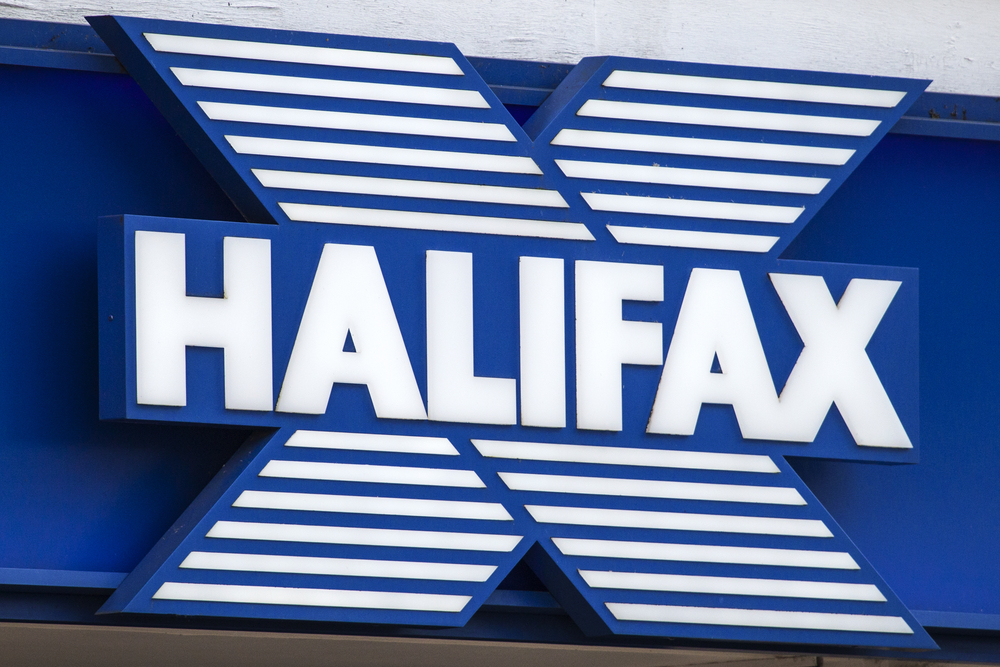
City bets on a Bank of England rate cut inched higher after data showed that the UK jobs market continues to weaken.
The annual rate of pay growth in the three months between March and May slowed to 5%, according to the Office for National Statistics.
The unemployment rate has risen to 4.7%, its highest in four years, while the number of job vacancies has now been falling continuously for three years.
This lifted money markets betting on a quarter-point cut, from 4.25%, at the Bank’s next Monetary Policy Committee meeting on 7 August to 77%, up from 75% last night.
Jobs Foundation president Matthew Elliott says: “Today’s figures confirm that the UK is now in the midst of a serious jobs recession. The steepest fall in payrolled employment since the pandemic is a serious wake-up call to the government.
“The hike to Employer NICs has had the predicted damaging impact on jobs, and businesses are now worrying about further tax rises to come in the Autumn Budget.”
However, Capital Economics chief UK economist Paul Dales says: “The fallout in the labour market from the hikes in National Insurance Contributions and the minimum wage is not as big as previously thought.”
But Dales adds: “Even so, as payroll employment is falling and wage growth is easing, the Bank of England will still continue to cut interest rates despite yesterday’s strong inflation release.”
Yesterday, UK inflation rose unexpectedly to 3.6% in the year to June, from 3.4% in May, pushed up by higher food, transport and motor fuel prices. The Bank’s target is 2%.
Monetary Policy Committee members have long said they want to see wage growth fall below 5%.
But earlier this week, Bank of England governor Andrew Bailey said: “If we saw slack opening up [in the labour market] much more quickly, that would lead us to a different conclusion.”
Bailey added: “I think the path [for interest rates] is down. I really do believe the path is downward, but we continue to use the words ‘gradual and careful’ because … some people say to me, ‘Why are you cutting when inflation’s above target?’”
Markets expect two quarter-point cuts by the end of the year.



